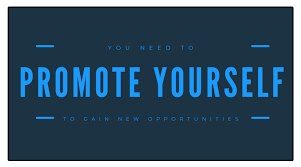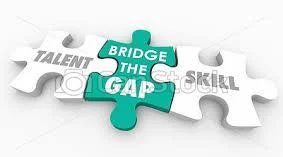 A personal
marketing strategy is a game plan for your job search campaign much like one a corporation would use to sell a
product. Instead of trying to get people to buy widgets, you are trying to
sell the product you believe in more than any other—you!
A personal
marketing strategy is a game plan for your job search campaign much like one a corporation would use to sell a
product. Instead of trying to get people to buy widgets, you are trying to
sell the product you believe in more than any other—you!
I always love to sell VISION!
And Skills!! I love to believe in simple living high thinking- a creative out
of box thinker. Vision is a long-term
goal. I have been trying since 2008 to promote and barding myself as a
Freelancer Blogger Pleader. Niches: Work-Life Virtual Remote Nomad Social
Digital Media Marketer Admin Supports Business Development works.
In Bangladesh and all over the world practicing the shortcuts KEYS
to digs success- is it? Is it a sustainable GOAL?
What is the sales and marketing strategy of a job seeker?
A job seeker, the applicant is a product of the job market. As a product, I can't sell myself like commodities. Excepts Vision, Sills, and services.
A talent is a natural aptitude or skill. Talent in the plural is an HR term referring to a population of employees. Bret wanted to know if it could be learned.
A talent is a natural aptitude or skill. Talent in the plural is an HR term referring to a population of employees. Bret wanted to know if it could be learned.
Personally,
I feel that talent is at least somewhat natural, although you have to
practice to refine it. Skills, however, can usually be learned from scratch and
most workplace tasks involve
skills rather than talents.
The unique role of talent
It’s
a rare situation in which someone doesn't have enough talent for a job. An
example of this would be a job as a professional singer. If you are tone-deaf,
you simply don't have the talent to do this job. Period. But in most
professional jobs, you need to know things like how to use a software program,
how to give a speech in public, and how to create a
budget. Most people can learn these.
Could it be a matter of fit?
 Bret
asked how people can differentiate between “wrong fit” and “wrong talent.” The wrong talent means you can't do a job competently. The wrong fit means that
culturally or strength-wise, this position may not be the best match for you.
In the case of the introverted sales executive, the wrong fit would mean he could
sell effectively but just didn’t enjoy doing it. The wrong talent would mean he
couldn’t sell no matter how hard he tried.
Bret
asked how people can differentiate between “wrong fit” and “wrong talent.” The wrong talent means you can't do a job competently. The wrong fit means that
culturally or strength-wise, this position may not be the best match for you.
In the case of the introverted sales executive, the wrong fit would mean he could
sell effectively but just didn’t enjoy doing it. The wrong talent would mean he
couldn’t sell no matter how hard he tried.
You
also don’t have to be talented – or even skilled – in every aspect of your job.
Most positions involve a range of competencies, and you will naturally be
stronger in some than in others. There is nothing wrong with this as long as
you are always trying to better yourself and enhance your repertoire.
Sell yourself: Adding
vision to your personal statement. Are you selling personal vision or reality?
I love to sell my vision and skills
Do You Have a Personal Mission, Vision, and Values Statements?
Vision and mission statements are not more
than 50 words each. The statements should be concise, easy to
grasp, and reflect your core values and your core purpose.
Further, you need to be bold with your vision yet
be realistic. Your vision should balance both your personal and
professional goals.
Understanding and developing how to approach
and engage with end job seekers' goals would be the ongoing development of
a skill set. The mindset and positivity (which may be viewed as raw talent)
would undoubtedly be a positive addition.
In short, skills are far more critical than talent in 90 percent
of jobs. And if you need more than my point of view to convince you, take a
browse through the Bureau of Labor Statistics’ Occupational Outlook Handbook sometimes.
There are literally hundreds of thousands of occupations out there, and you’ll
see that there are lots of jobs you are qualified to do well. The
challenge is to find a position in which you meet the basic criteria but also
have room for growth and development.




















